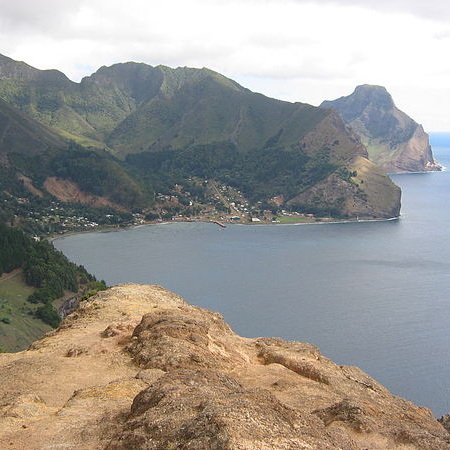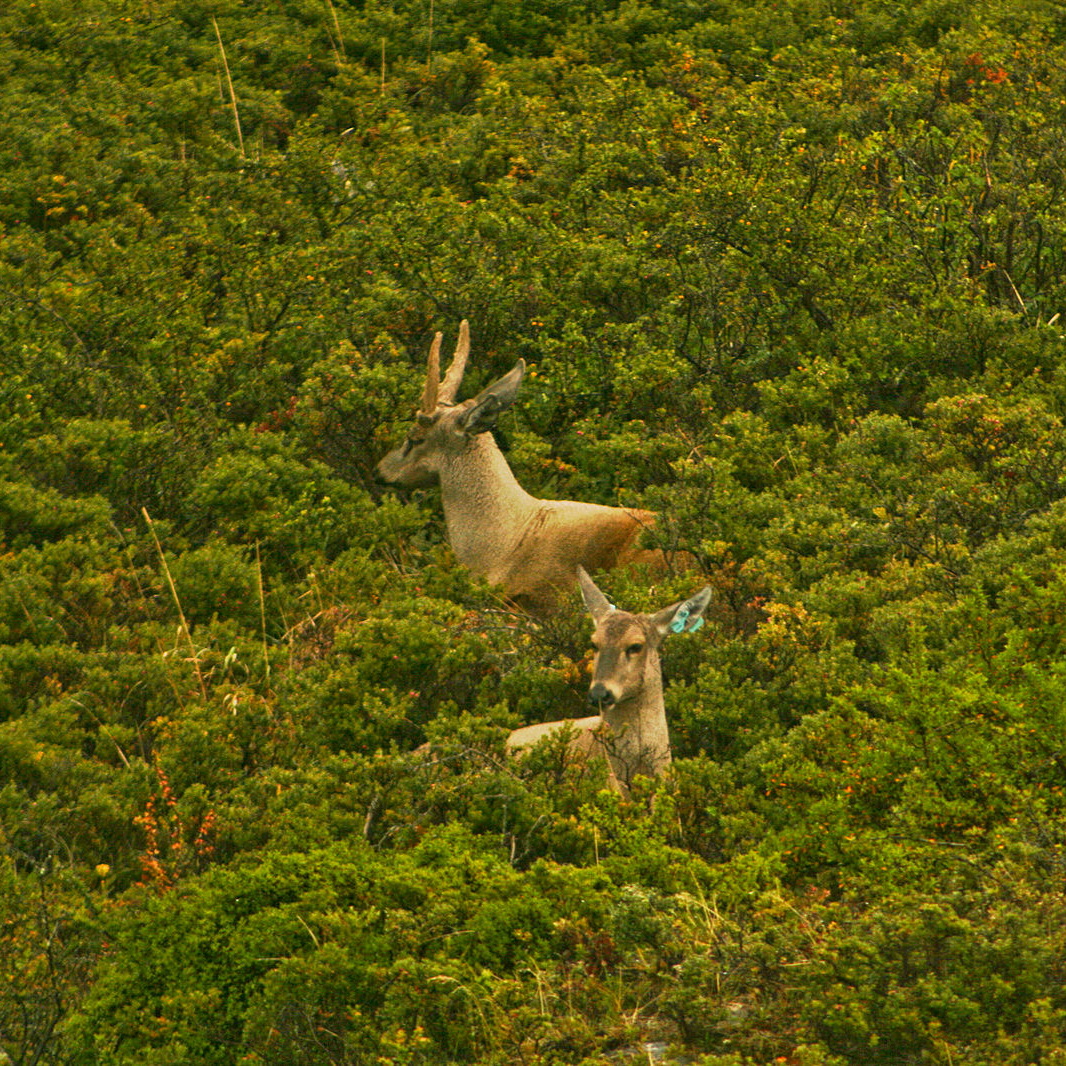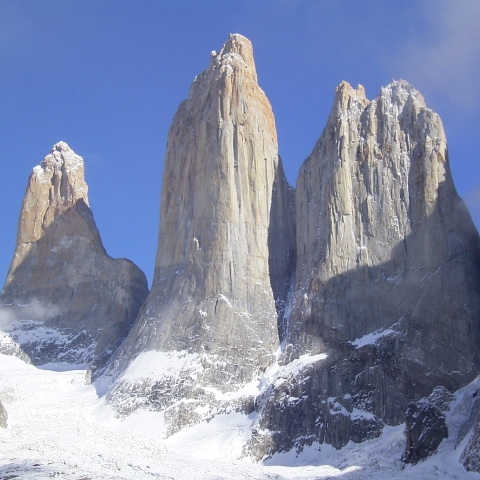Landau 4 January 2021.
Chile is full of natural beauty. The country is rightly proud of 41 national parks (as of 2019) and numerous national reserves. The national parks Torres del Paine, Bernado O'Higgins and the Juan Fernandez Archipelago are world-famous. The parks are managed by the Corporacion Nacional Forestal (CONAF). Chile advertises with its natural resources: "Clean, fresh air, which streams in from the more than 4,000 km-long coast, the breathtaking desert landscape of the north and the invigorating freshness of the temperate evergreen forests of the south, combine in Chile to create an impressive overall picture". In 2018, 5.7 million tourists came and a total of 3.4 billion euros were spent in the country.
This could be a win-win situation, but unfortunately it is not when one looks at the state of care of this praised beauty. A look at UNESCO’s world heritage sites will suffice. Chile is home to 6 world heritage sites, but not a single world natural heritage site. The Torres del Paine National Parks in Patagonia and the Juan Fernandez Archipelago in the Pacific, which are so important for tourism, have been on the LIST of proposals (tentative list) of UNESCO, … since 1994 (!). For 27 years, Chilean governments have been reluctant to recognize the two parks by UNESCO as "the invaluable and irreplaceable common property of humanity" and to have them classified as particularly protected because of their universal value. Other precious and sensitive regions such as the Humboldt Archipelago in northern Chile are not even considered as a world natural heritage. Chile has ratified important international agreements on bio-diversity, climate and marine protection, but there appear to be fundamental reservations about effectively protecting the natural resources.
W.K.
translated by Erich Greiner
Click to enlarge:





